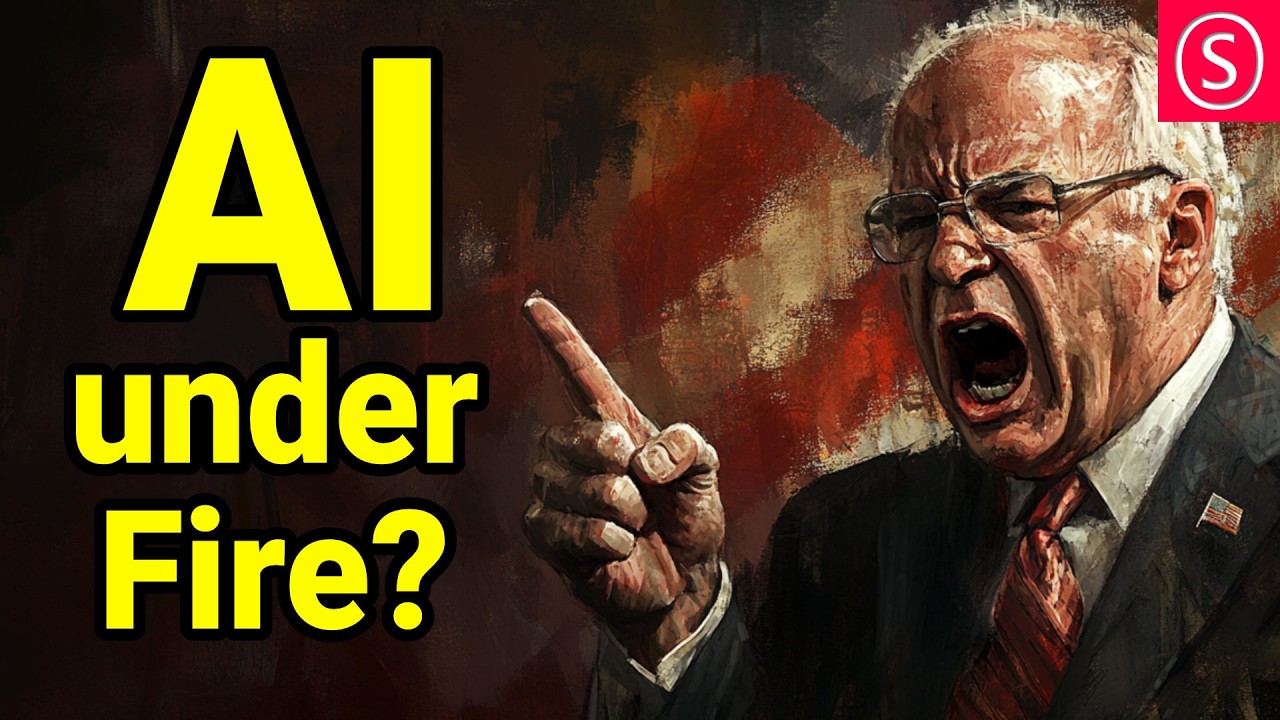The video discusses California’s AB 3211 bill, which mandates watermarking of AI-generated content to combat misinformation but raises concerns about its potential negative impact on the open-source community and artistic expression. It highlights issues such as the risk of stigmatizing AI content, the broad scope of the regulations, and a loophole that exempts certain platforms, urging viewers to advocate for a balanced approach to AI regulation.
The video discusses the implications of California’s AB 3211 bill, which aims to regulate AI-generated content. The bill, supported by major tech companies like OpenAI, Adobe, and Microsoft, is designed to address concerns about deep fakes and misinformation by requiring that all AI-generated content be watermarked with provenance data. This data is intended to provide detailed information about the origin and modifications of digital content, making it easier to track and verify. However, the video raises concerns that this legislation could pose significant risks to the open-source community and stifle innovation.
The bill mandates that companies conduct rigorous adversarial testing to ensure that the watermarks are robust and cannot be easily removed. It also prohibits the creation of software designed to strip these watermarks. The implications extend beyond online platforms to include recording devices like smartphones that utilize AI for photo and video enhancements. This broad scope means that virtually all AI-generated or manipulated content, from social media posts to AI-generated music, would need to comply with these new regulations.
While the bill aims to combat the misuse of AI-generated content, such as political manipulation and deceptive deep fakes, the video argues that it may introduce more problems than it solves. The requirement for hidden provenance data to be displayed as a visual indicator could lead to stigmatization of AI-generated content, creating an automatic association with harmful or deceptive practices. This could result in platforms preemptively removing content to avoid hefty fines, thereby limiting artistic experimentation and freedom of expression.
The video also highlights a significant loophole in the bill: platforms that primarily offer non-user-generated content, like streaming services, are exempt from these regulations. This raises questions about fairness and accountability, as these platforms also utilize AI in their content creation processes. The potential for bias in enforcement could further complicate the landscape for artists and creators who wish to experiment with AI technologies.
Ultimately, the video calls for viewers to voice their concerns about the bill to their representatives, emphasizing the need for a balanced approach that protects the public from harmful content without stigmatizing AI as a whole. The speaker expresses support for regulating nefarious uses of AI but warns against creating an environment that discourages creativity and innovation in the digital arts and open-source community.
